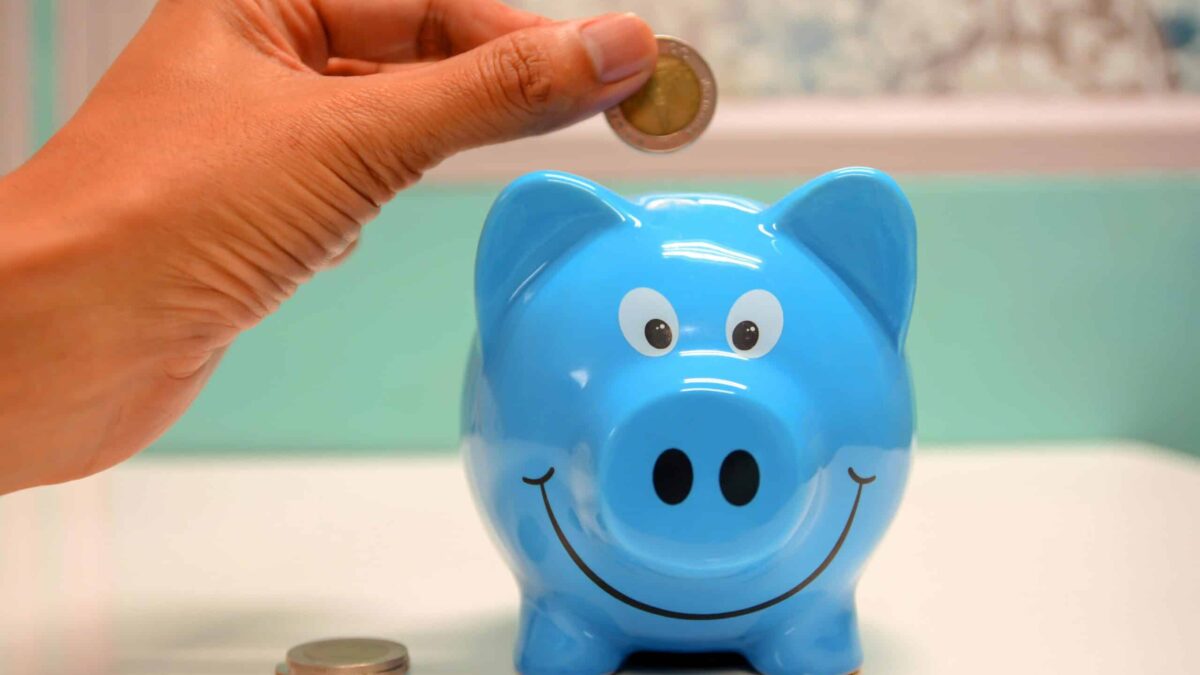Saving an emergency fund sounds overwhelming, especially if you already struggle to find extra money. However, an emergency fund is key to having peace of mind.
In this blog post, I’ll teach you how to start building an emergency fund, even on a low income.
Why You Should Save an Emergency Fund
An emergency fund is your financial buffer that can save you in times of need. That way, you don’t have to rely on credit cards or high-interest loans.
Emergency funds cover you for unexpected medical bills, sudden car repairs, or in the event you lose your jobs. This stash makes sure life’s unpredictable moments don’t derail your long-term financial goals.
Tips to Start an Emergency Fund No Matter Your Income
1. Start small
Starting an emergency fund is all about setting realistic savings goals. Make consistent, small contributions. Don’t be discouraged by the recommended “three to six months” worth of living expenses.
Instead, focus on achievable targets, like saving $100. Then, gradually increase your goal. Start by looking at your income and expenses to find small amounts of money you can put into savings.
2. Automate your savings
If you don’t have to think about your savings, you are more likely to stick with it. Set up automatic transfers from your checking account to a savings account that you can take money out of when you need it.
3. Avoid spending creep
Spend creep happens when your spending increases as your income grows. Doing this leaves no extra money for savings.
It is important to maintain a budget and keep your expenses in check, even when you start to earn more. Even when you make more money, resist the urge to upgrade your lifestyle. Instead, allocate a portion of those increases directly into your emergency fund or other savings.
4. Don’t over-save
This sounds incredibly counterintuitive, but there is such a thing as saving too much in your emergency fund. Money that sits in this fund earns relatively low interest compared to other investments.
Once you have saved enough to cover three to six months of expenses, consider different types of savings accounts for other goals. This could include setting up a high-yield savings account or investing in other options with greater returns.
Related posts
Categories
- Auto Shows (7)
- Cars (18)
- Classic Cars (6)
- Consultant (10)
- Personal Finance (6)
- Photography (14)
- Uncategorized (1)

